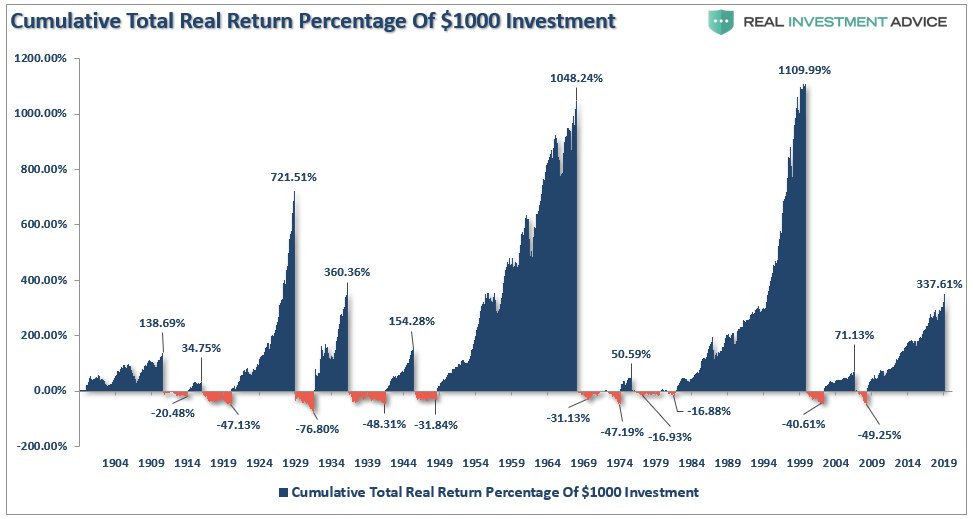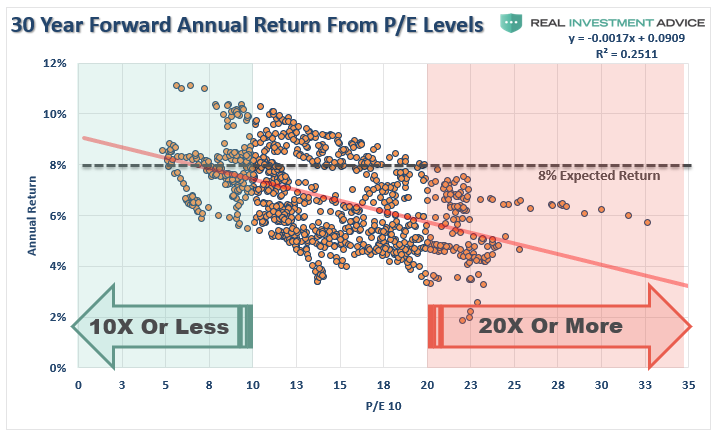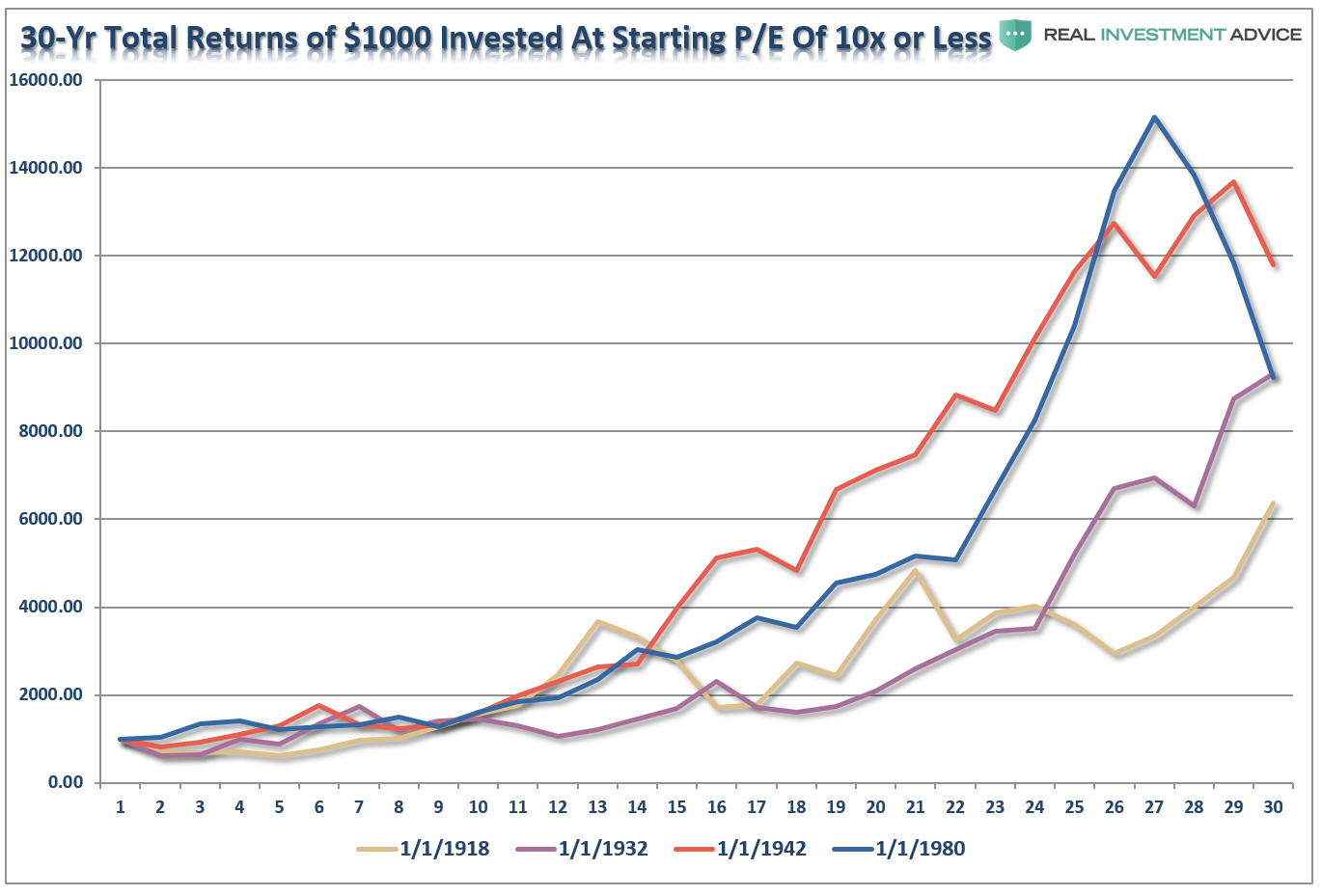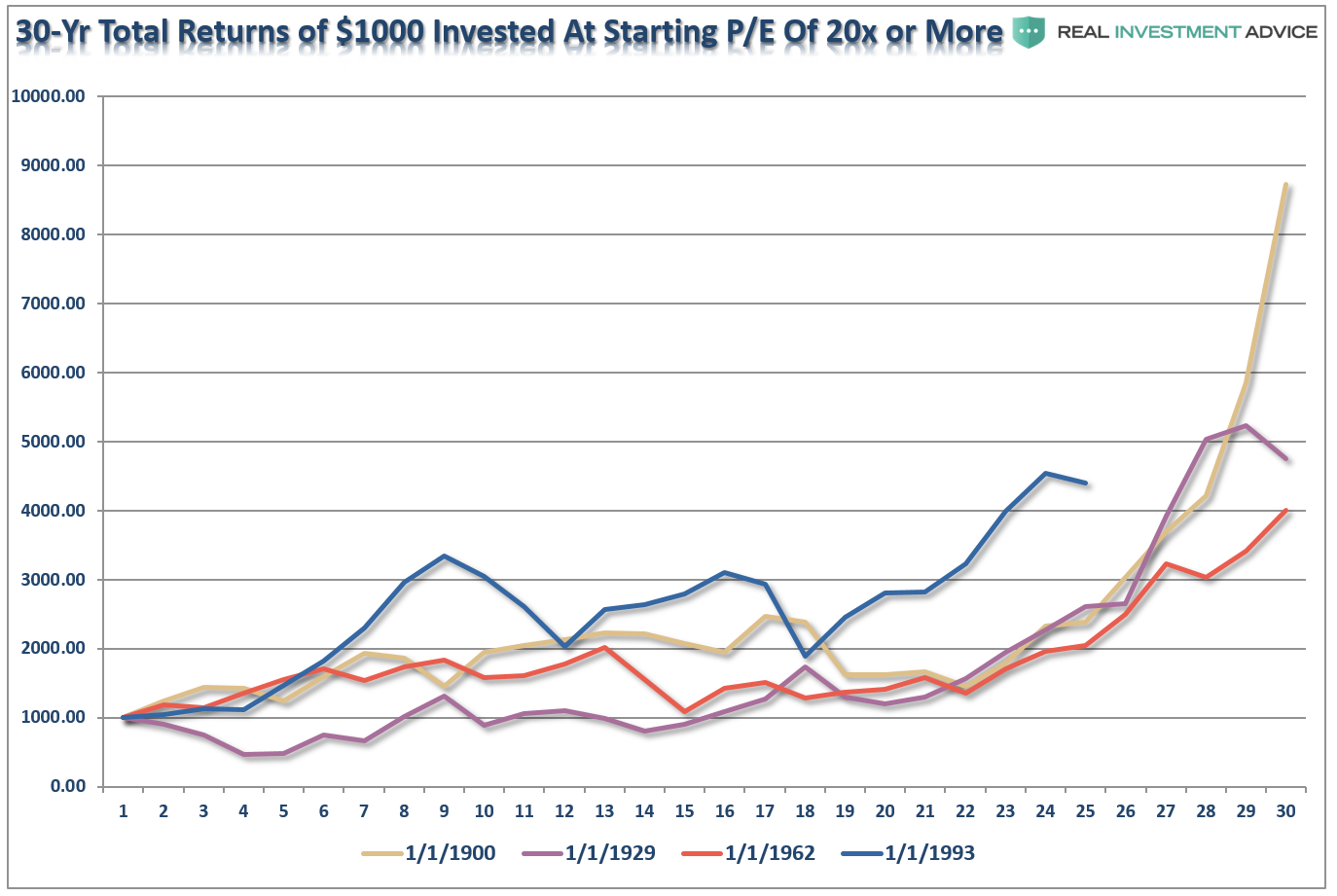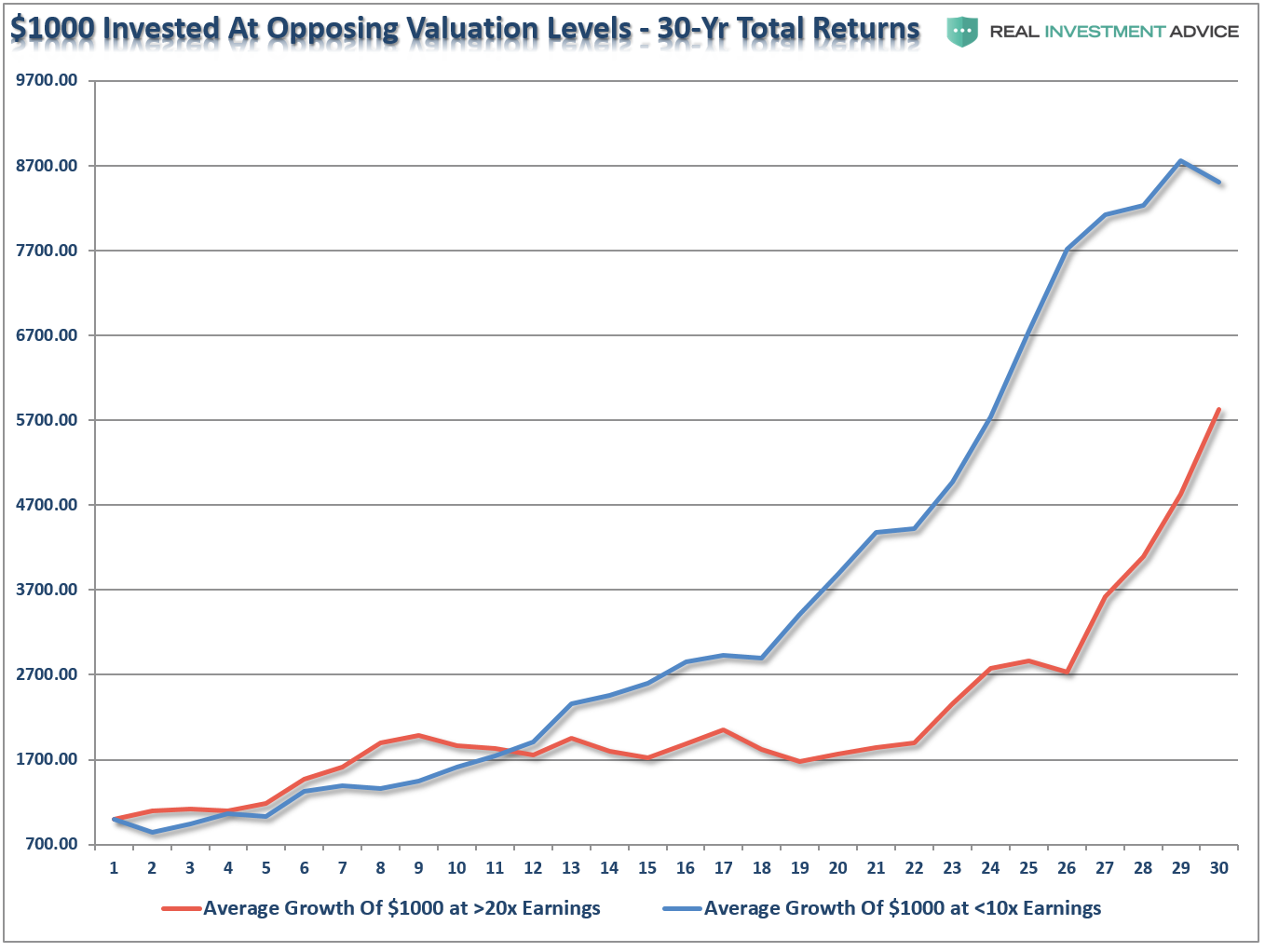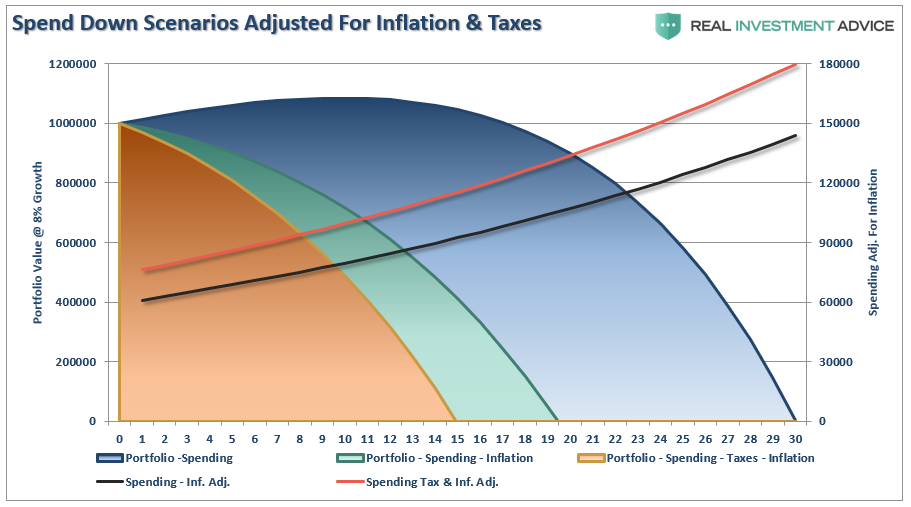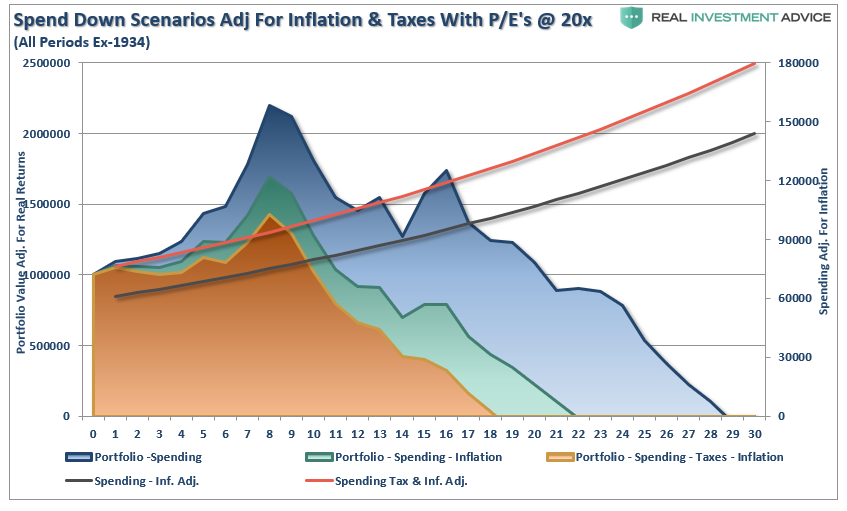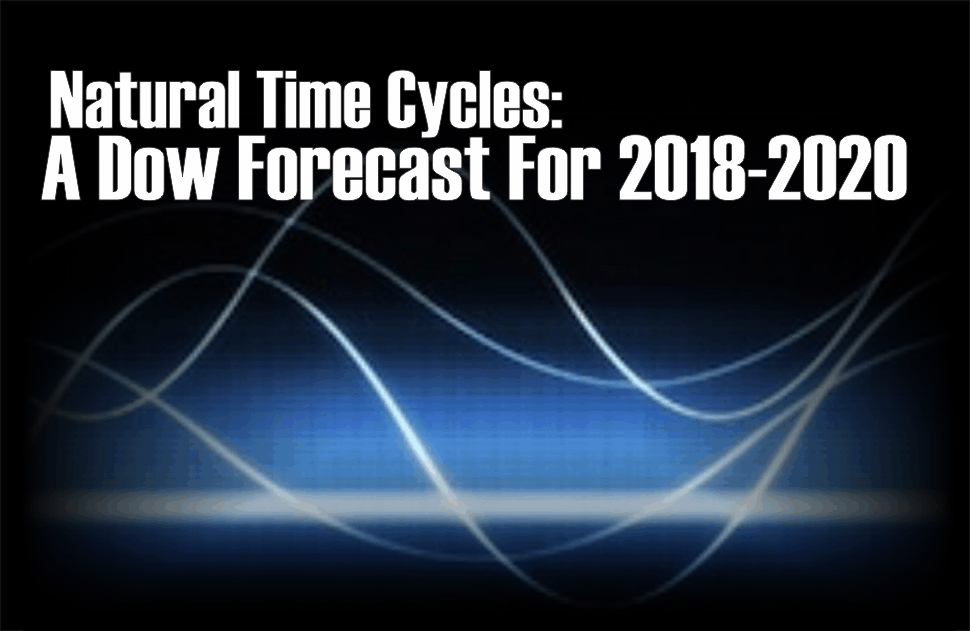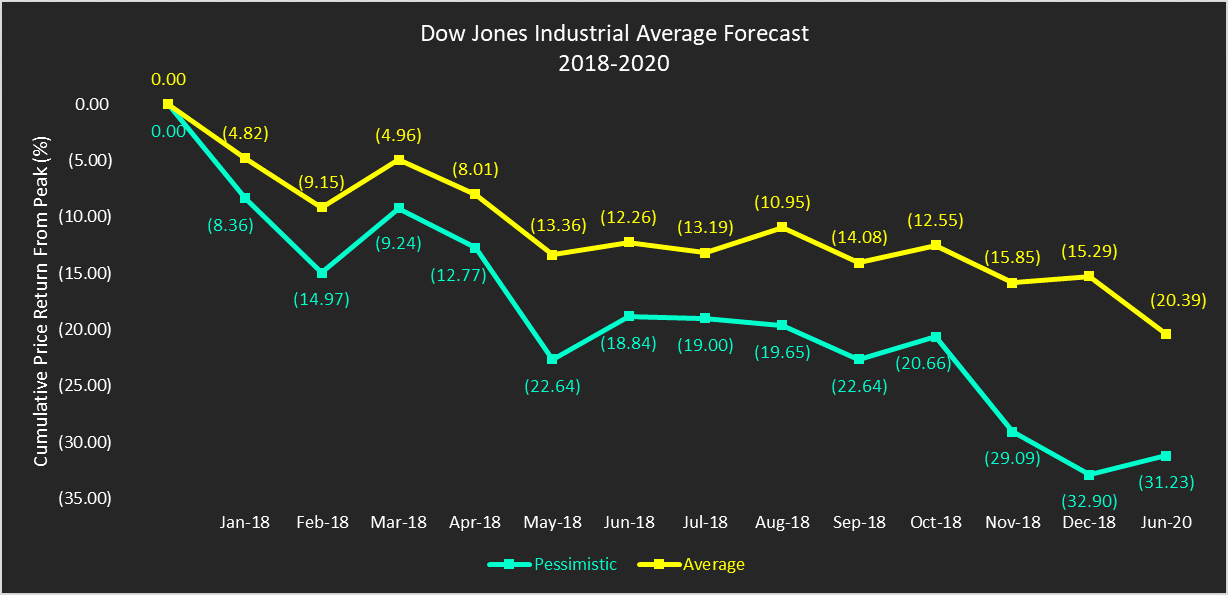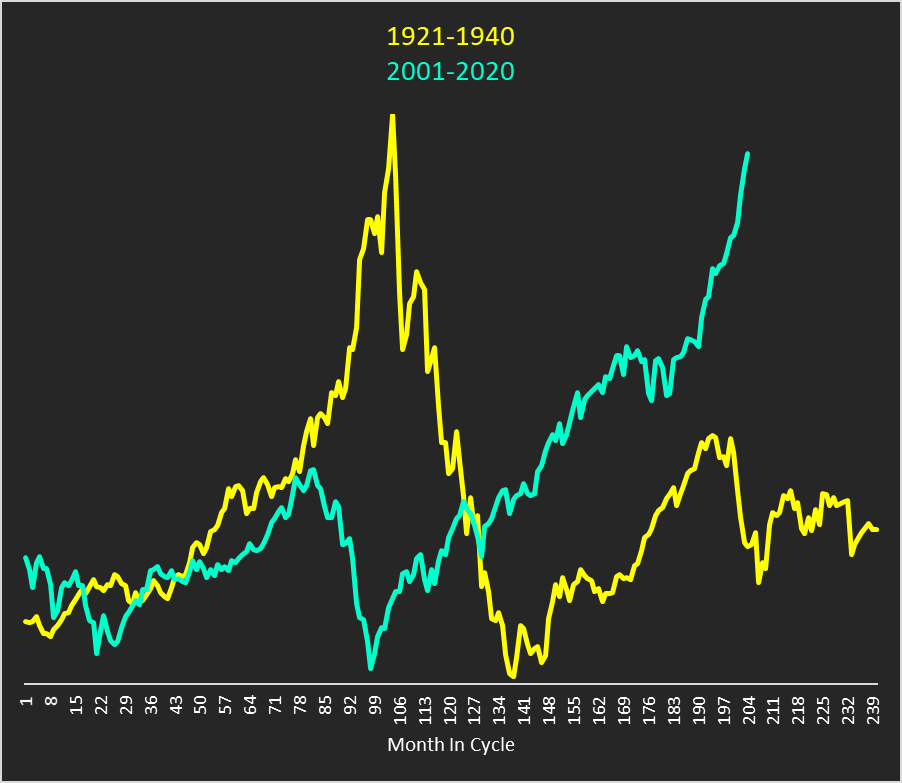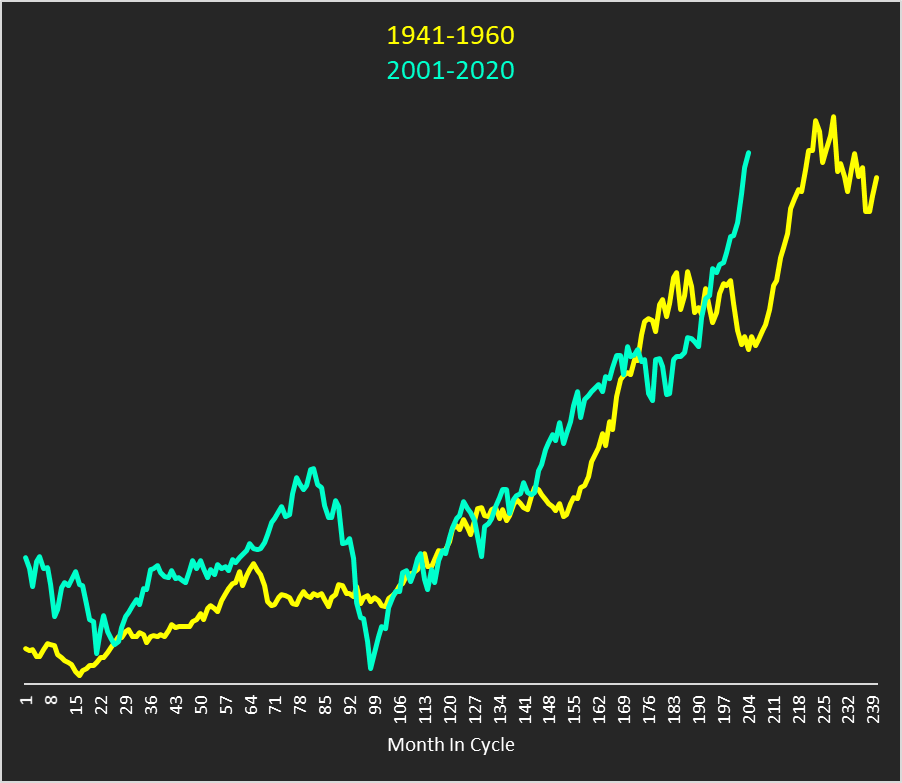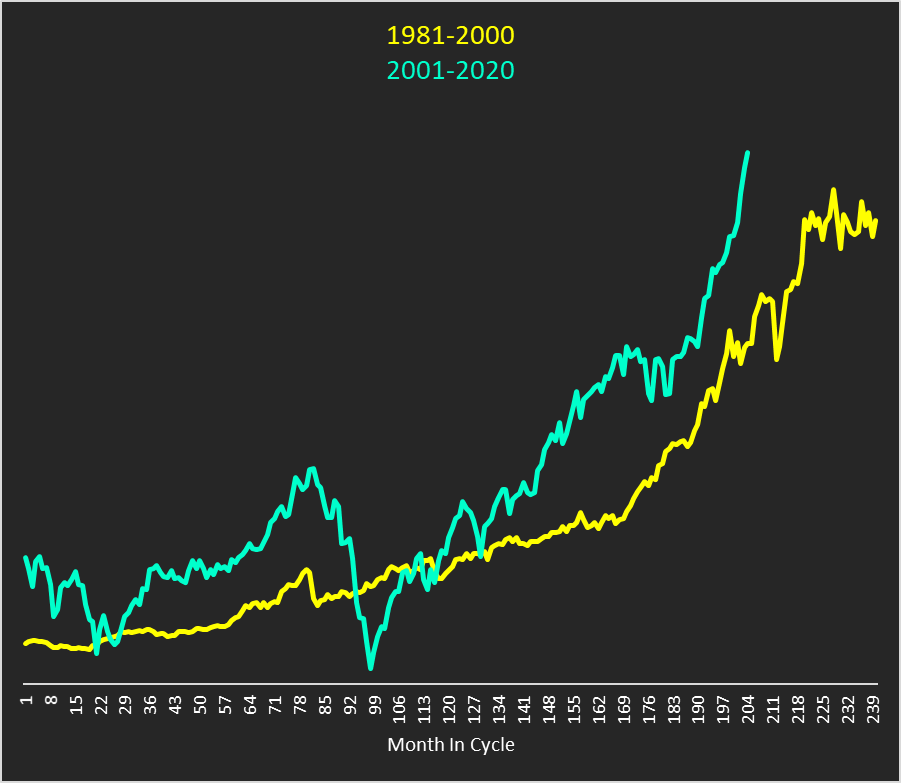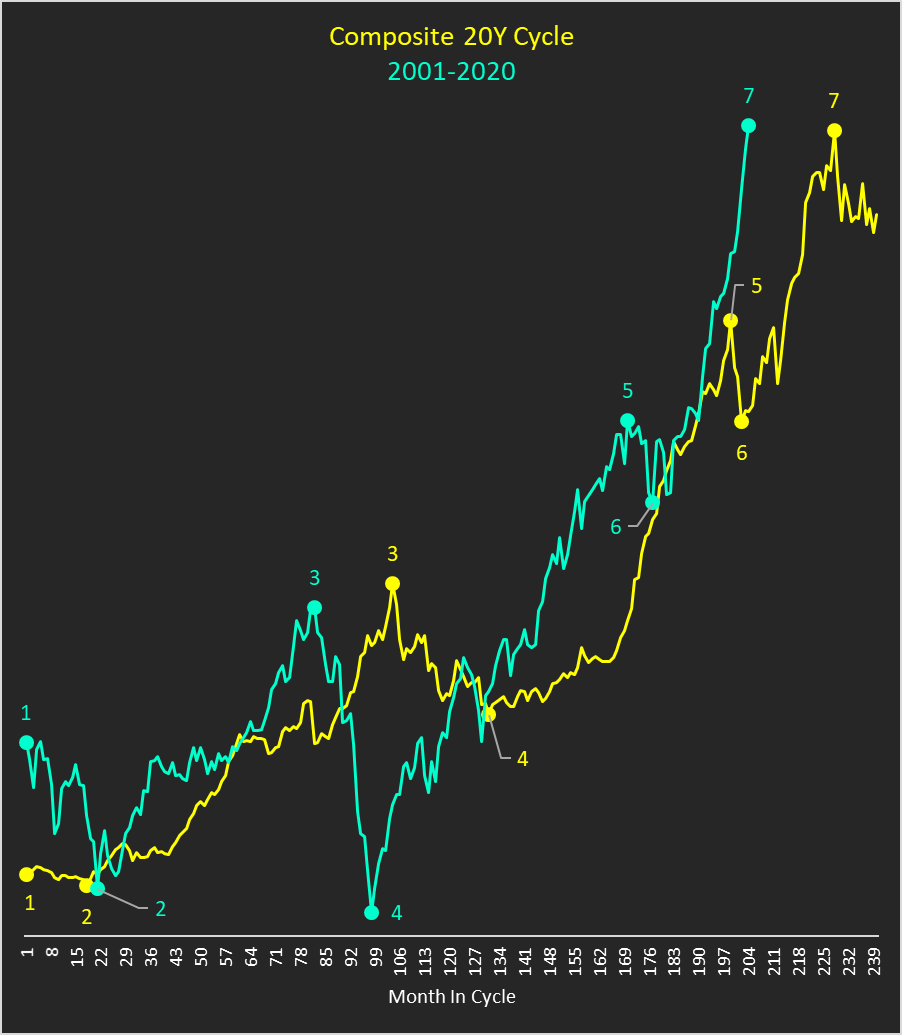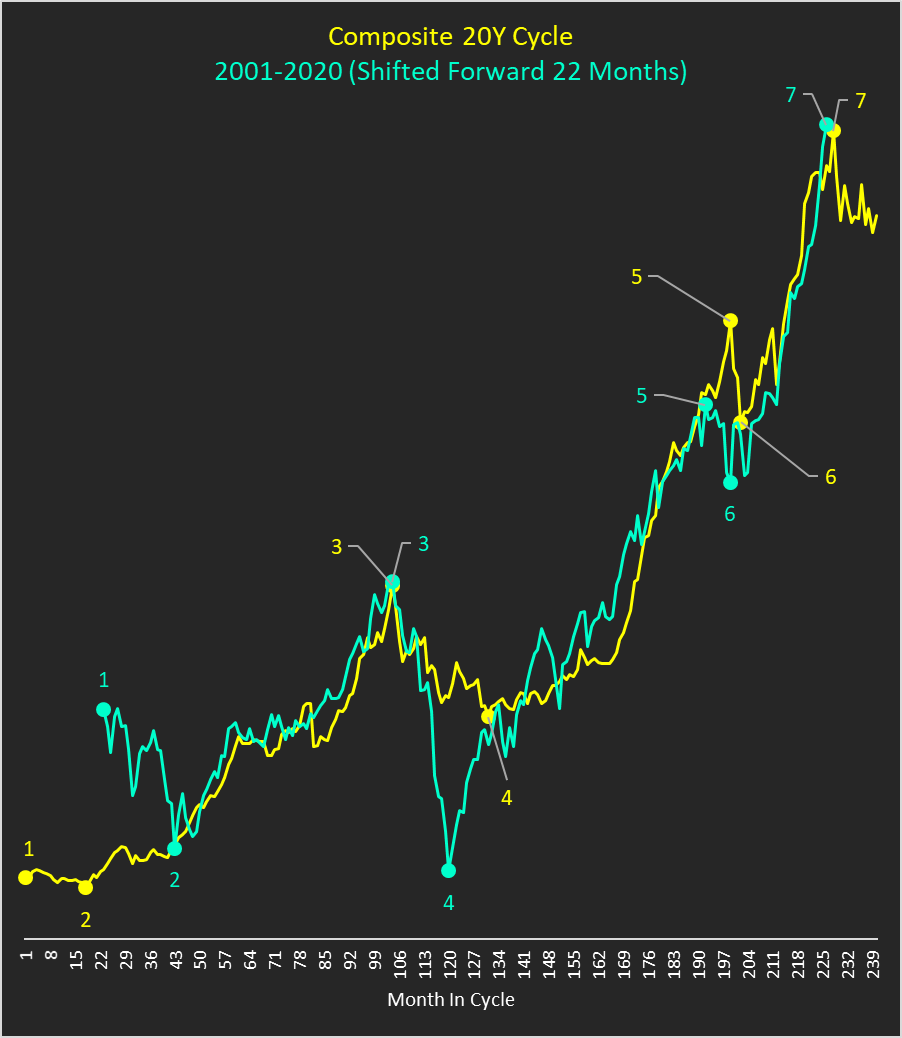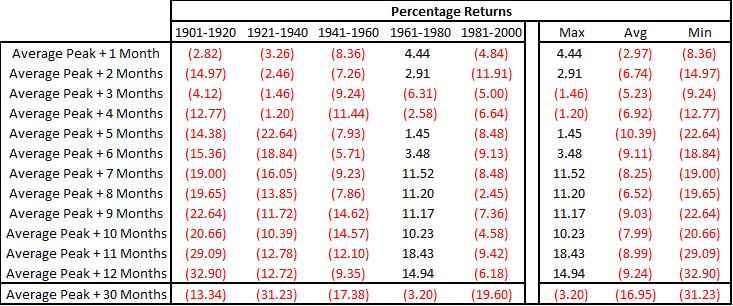Where’s the Adult Merit Badge for Super Savers?
Super Savers are a special breed.
They are not concerned about keeping up impressions; they exist outside the mainstream of seductive consumerism.
Call it a mindset, call it walking a different path; perhaps it’s an offbeat childhood money script. Whatever it is, those who fall into this category or save 20% or more of their income on a consistent basis are members of an elite group who strive for early financial independence.
Speaking of independence: At RIA we believe households should maintain 3-6 months of living expenses in a savings account for emergencies like car and house repairs. They should also maintain an additional 6 months of living expenses as a “Financial Vulnerability Cushion,” whereby cash is set aside for the big, life-changing stuff like extended job loss especially as we believe the economy is in a late-stage expansionary cycle. Job security isn’t what it used to be; best to think ahead.
In 2018, TD Ameritrade in conjunction with Harris Poll, completed a survey among 1,503 U.S. adults 45 and older to understand the habits that set Super Savers apart from the pack. The results are not surprising. However, they do validate habits all of us should adopt regardless of age.
Like a physical exercise regimen, shifting into Super Saver mode takes small, consistent efforts that build on each other.
So, what lessons can be learned from this elite breed?
First, on average, Super Savers sock away 29% of their income compared to non-super savers.

Super Savers place saving and investing over housing and household expenses.
Keep in mind, the Personal Saving Rate as of December 2019 according to the Federal Reserve Bank of St. Louis was a paltry 7.6%. How does this group manage to accomplish such an arduous task? They abhor the thought of being house poor. They focus attention on the reduction of spending on the big stuff, or the fixed costs that make a huge impact to cash flow. Candidly, they’re not concerned about cutting out lattes as a viable strategy to save money. Super Savers spend 14% on housing, 16% on essential household expenses compared to non-supers who spend 23% and 21%, respectively. Any way you cut it, that’s impressive!
Perhaps it’s because Super Savers think backwards, always with a financially beneficial endgame in mind. There is great importance placed on financial security, peace of mind and freedom to do what they want at a younger age. They consider the cumulative impact of monthly payments on their bottom line, which is not common nature for the masses. They internalize the opportunity cost of every large or recurring expenditure.
Super Savers weigh the outcome of every significant purchase, especially discretionary items, which invariably increases their hesitancy to spend. This manner of thought provides breathing room to deliberate less expensive alternatives and thoroughly investigate the pros and cons of their decisions.
Tip for the Super Saver in training: Sever the mental connection between monthly payments and affordability. How? First, calculate the interest cost of a purchase. For example, let’s say you’re looking to purchase an automobile. First, never go further than 36 months if you must make payments. Why? Because longer loan terms like 48 to 72 months is a payment mentality that will undoubtedly increase interest costs.
For example, let’s say an auto purchase is financed for $23,000. At 3.49% for 36 months, the payment is roughly $674 with total loan interest of $1,258. For 72 months, naturally there’s a lower monthly obligation – $354. However, total loan interest amounts to $2,525.
A Super Saver’s consideration would be on the interest incurred over the life of a loan, not the affordability of monthly payments. An important difference between this manner of thinking and most, is to meet a lifestyle, it’s common for households to go for the lowest monthly payment with little regard to overall interest paid. Super savers will either consider a less expensive option or adjust household budgets to meet higher payments just to pay less interest in the long run.

Second, Super Savers live enriching lives; they don’t deprive themselves.
Members of the super crowd don’t live small lives -a big misnomer. I think people are quick to spread this narrative to ease personal guilt or envy. Certainly, a fiscal discomfort mindset is part of who they are when they believe personal financial boundaries are breached. However, the TD Ameritrade survey shows that both super and non-super savers spend the same 7% of their income on vacations!
Third, starting early is key for Super Savers.
Per the study, more than half of Super Savers started investing by age 30 (54%). I’m not a fan of personal finance dogma. Many of the stale tenets preached by the brokerage industry are part of a self-serving agenda to direct retail investor cash into cookie-cutter asset allocation portfolios; all to appease shareholders.
However, one rule I’m happily a complete sucker for is Pay Yourself First. It’s not just a good one. It’s the core, the very foundation, of every strong financial discipline. Why? Paying yourself first, whereby dollars are directed to savings or investments before anything else, reflects a commitment to delayed gratification. An honorable trait that allows the mental breathing room to avoid impulse buys, raise the bar on savings rates and minimize the addition of debt.
Per Ilene Strauss Cohen, Ph.D. for Psychology Today, people who learn how to manage their need to be satisfied in the moment thrive more in their careers, relationships, health and finances when compared to those who immediately give in to gratification. Again, the root of Pay Yourself First is delayed gratification; the concept goes back further than some of the concepts the financial industry has distorted just to part you from your money.

Fourth, Super Savers embrace the simple stuff.
When it comes to financial decisions, basics work. For example, Super Savers avoid high-interest debt (65% vs. 56% for non-super savers), stick to a budget (60% vs. 49%), invest in the market (58% vs. 34%) and max out retirement savings (55% vs. 30%).
Listen, these steps aren’t rocket science; they’re basic financial literacy.
For example, I’ve been ‘pencil & paper’ budgeting since I began my Daily News Brooklyn paper route at age 11. Budgeting over time fosters an awareness of household cash flow. Try micro-budgeting for a few months. It will help you intimately engage with personal spending trends.
Micro-budgets are designed to increase awareness through simplicity.
Yes, they’re a bit time-consuming, occasionally monotonous; however the goal is worth it – to uncover weaknesses and strengths in your strategy and build a sensitivity to household cash-flow activities. My favorite old-school book for budgeting comes from the Dome companies. For a modest investment of $6.50, a Dome Budget Book is one of the best deals on the market.
Last, Super Savers believe in diversified streams of income and accounts!
44% of Super Savers prefer to bolster already impressive savings rates by funding diversified sources of income, compared to only 36% of their non-super brethren. In addition, Super Savers are especially inclined to lean into Roth IRAs compared to non-super savers. It is rewarding to discover how the best of savers seek various income streams to build their top-line. They are also tremendous believers in Roth IRAs. The reason I’m glad is this information further validates why our advisors and financial planning team members have passionately communicated the importance of the diversification of accounts for several years.
Super Savers build the following income streams outside of employment income – Dividends, investment real estate, annuities (yes, annuities – 21% vs. 14% for non-super savers), and business ownership (14% compared to 8%).
Their retirement accounts are diversified; over 53% of Super Savers embrace Roth options (53% compared to 29%). A great number of Super Savers fund Health Savings Accounts and strive to defer distributions until retirement when healthcare costs are expected to increase.
Why diversification of accounts?
Imagine never being able to switch lanes as you head closer to the destination called retirement. Consider how suffocating it would be to never be able to navigate away from a single-lane road where all distributions are taxed as ordinary income. There lies the dysfunctional concept that Super Savers are onto – They do not believe every investment dollar should be directed to pre-tax retirement accounts.

Congratulations -With the full support of the financial services industry you’ve created a personal tax time bomb!
As you assess the terrain for future distributions, tax diversification should be a priority. Envision a retirement paycheck that’s a blend of ordinary, tax-free and capital gain income (generally taxed at lower rates than ordinary income). The goal is to gain the ability to customize your withdrawal strategy to minimize tax drag on distributions throughout retirement. Super Savers have figured this out. Regardless of your savings habits, you should too.
Many studies show that super savers are independent thinkers. Working to create and maintain a lifestyle that rivals their neighbors is anathema to them.
Now, as a majority of Americans are utilizing debt to maintain living standards, Super Savers set themselves apart as a badge of courage. No doubt this group is unique and are way ahead at crafting a secure, enjoyable retirement. and financial flexibility. Whatever steps taken to join their ranks will serve and empower you with choices that those with overwhelming debt cannot consider.
And speaking of badges: Did you know Amazon sells Merit badges for adulting? It’s true. I believe they need to add a “I’M A SUPER SAVER” badge to the collection.
If you’d like to read the complete T.D. Ameritrade survey, click here.

